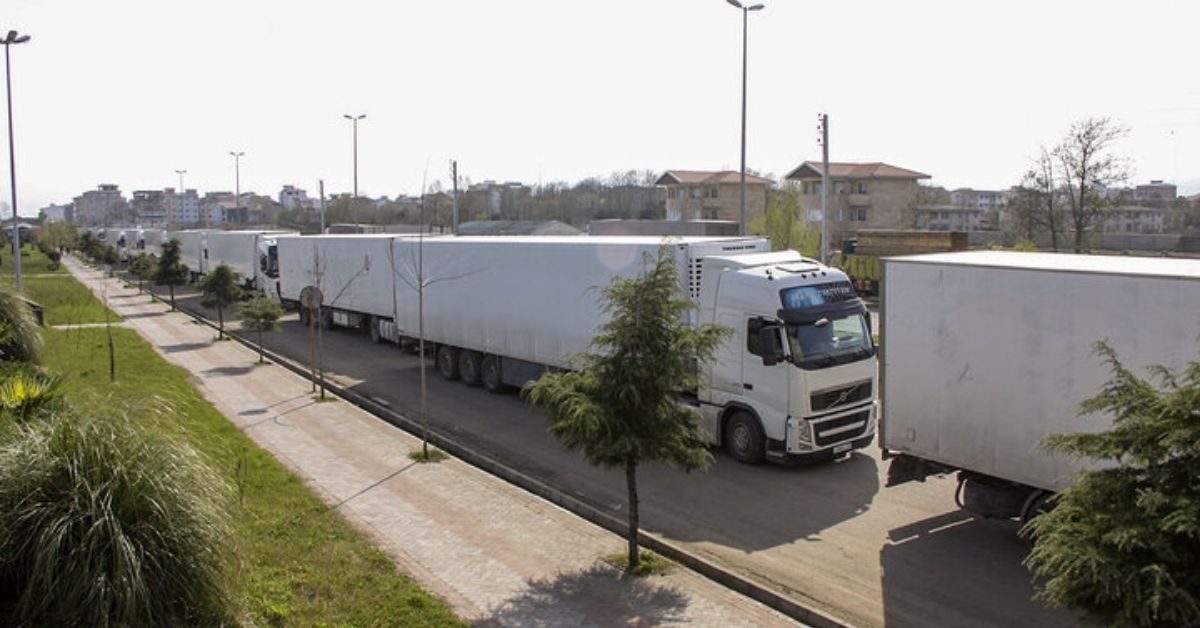Iran is one of the countries that has a special status in trade and transit relations due to its strategic location and special geography, as the country is the passage of several important international corridors.
In the south of Iran is the Persian Gulf, which is home to the world’s major oil-producing countries. This region is considered as the energy bottleneck of the world.
In the north of Iran is the Caspian Sea, which is the best bridge between Iran, Russia, Kazakhstan, Turkmenistan and Azerbaijan and can play an important role in trade between these countries.
The country, on the other hand, borders Iraq, Turkey, Pakistan and Afghanistan to the west and east.
In other words, it can be said that Iran communicates with 15 countries through land and water borders, and at the same time it can act as a bridge between these countries (with each other and other parts of the world).
These countries have a large population and high income which can be effective as a factor in the development of transit and trade in the region.
The connection of Central Asian countries with the Persian Gulf, as well as the establishment of trade relations between East Asia and European countries through Iran, is very cost-effective, so that many of these countries seek to establish such relations through Iran.
This status has provided the country with many opportunities that making optimal use of them through the expansion of the transportation network and reliable and efficient communication, Iran can achieve foreign currency earnings and economic growth, and make transit revenue a suitable alternative to oil export, while improving its strategic position in the region.
Considering the country’s transit statistics, it is obvious that Iran is taking the advantage of its strategic status in this due.
As reported by the Islamic Republic of Iran Customs Administration (IRICA), 7.532 million tons of commodities were transited through Iran in the previous Iranian calendar year (ended on March 20) despite the restrictions created by the coronavirus pandemic.
The IRICA report said that Shahid Rajaei Special Zone in Hormozgan province with 3.305 million tons, Bazargan in West Azarbaijan province with 703,000 tons, Bashmaq in Kurdistan province with 687,000 tons, Sarakhs in Khorasan Razavi with 457,000 tons, Imam Khomeini Port in Khuzestan province with 447,000 tons, Bileh Savar in Ardabil province with 337,000 tons, Jolfa in East Azarbaijan province with 312,000 thousand tons, Razi in West Azarbaijan province with 188,000 tons, Astara in Gilan province with 156,000 tons and Bandar Lengeh in Hormozgan province with 139,000 tons of transited goods, were the country’s top 10 customs in terms of the volume of transits.
Also, the reports related to the transit via the country in the current Iranian year indicate a rising trend.
For example, transit of goods through Shahid Rajaee port, Iran’s largest and best-equipped container port, increased 160 percent in the first month of the current Iranian calendar year (March 21-April 20), as compared to the same period of time in the past year, according to a provincial official.
Alireza Mohammadi Karajiran, the director-general of Ports and Maritime Department of Iran’s southern Hormozgan province, where the port lies, said that 20,231 twenty-foot equivalent units (TEUs) of commodities were transited via Shahid Rajaee port in the said month.
Enjoying the most modern container terminals and port equipment, Shahid Rajaee accounts for 85 percent of the total loading and unloading at the Iranian ports.
The latest report in the field of transit was released by IRICA on Wednesday, as the IRICA director-general announced that 1.841 million tons of goods were transited through the territory of Iran during the first two months of the current Iranian calendar year (March 21-May 21), which has increased by 142 percent compared to the same period last year.
This increase indicates an improvement in the transit of goods across customs borders of the country, a reduction in coronavirus-related restrictions and a reduction in the impact of sanctions, Mehdi Mir-Ashrafi stated.
Considering its geographical location, Iran can play a significant role in the transit of goods in the region and benefit a lot from its status in this due. To take full advantage of its location for transit, the country has many plans underway and, on the agenda, to boost its transit capacity.
Some of these plans include developing Shahid Rajaee Port, and also Chabahar Port in the southeast of the country, connecting the ports to the railway network, development of transit via railway, and also some customs measures such as improving transit procedures in the customs offices.
Source : Tehran Times







